
What management mechanism can be used to keep these cultural heritages intact and not be swept away by the development of urbanization?
Conservation efforts
Hoi An and My Son are two precious gems of Quang Nam. The imprint of these two places is not only limited to the domestic scope but has become a special cultural and historical value of the world.
Currently, the My Son Temple Complex Management Board and the Hoi An Cultural Heritage Conservation Management Center are both under the management of district and provincial city levels.
In the ancient town of Hoi An, this locality is managing heritage with the mindset and form of a heritage city. The Hoi An Heritage Management and Conservation Center carries out the management and conservation of more than 1,400 classified and inventoried relics, including 27 national relics, 49 provincial relics and more than 1,330 relics in the city's protection list.
Most of these relics are single houses and churches, privately and collectively owned, and are currently inhabited and used by people for business.
Meanwhile, the Hoi An City Culture - Sports and Radio - Television Center is the unit that organizes and provides public services, meeting the needs of cultural and artistic activities, sports, and selling tourist tickets... These two management units are currently performing their roles and tasks quite well.
In many international cultural conferences, Hoi An is considered a model of urban heritage conservation with remarkable efforts in conservation work.
This city does not follow the model of massive urbanization like many other places when setting strict management criteria, including limits on construction density. In Vietnam, Hue and Hoi An are currently two heritage cities on the list of heritage cities of the Organization of World Heritage Cities (OWHC).
However, Vietnam does not have separate legal regulations on “heritage cities”, although current laws and decrees have created a foundation for protecting and promoting heritage values in the process of urban development.
For My Son, heritage conservation is more favorable than Hoi An because this is a static heritage site with more than 40 temples and 1,803 artifacts, mostly made of sandstone, terracotta and ceramic. These artifacts are inventoried, preserved in open storage and displayed on site.
For many years, My Son has cooperated with international and domestic organizations to carry out many projects to restore and preserve important groups of towers. My Son is considered a model in the conservation and restoration of archaeological sites in the world. The number of tourists here is also increasing continuously. In 2024, My Son welcomed more than 430,000 visitors, higher than before the COVID-19 pandemic.
What is the mechanism when merging?
If placed under a new management structure, when there is no longer a district level to directly supervise, many researchers believe that heritages will face the risk of being overwhelmed. This is entirely possible if there are no reasonable solutions. Public opinion believes that when urbanization explodes, the management level changes, in larger administrative units, will conservation still be a priority?
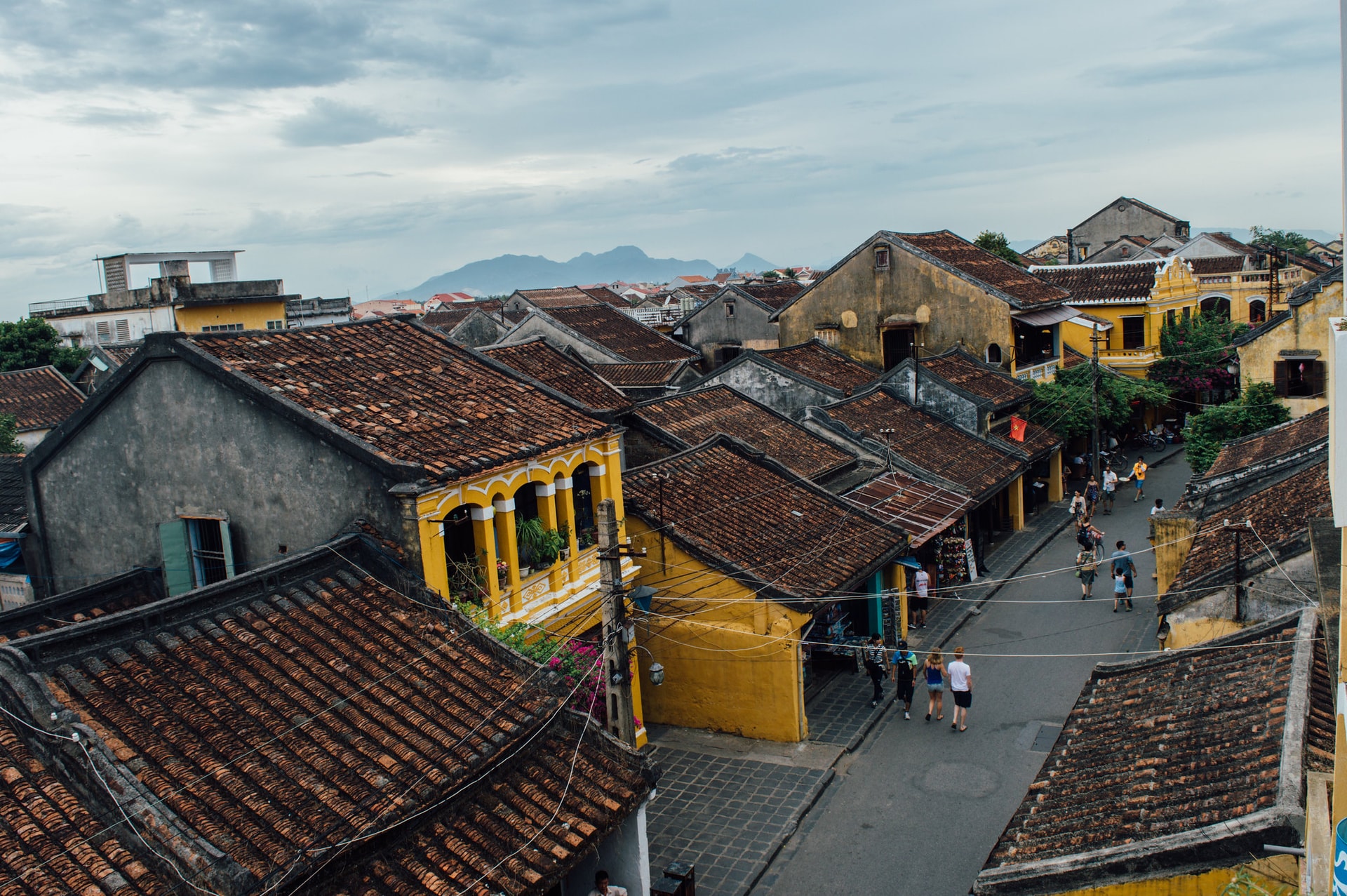
Similarly, the administrative apparatus is restructured, the question of who is responsible for managing heritage protection is raised? If there is no reasonable solution to the conservation problem in the whirlwind of development, Hoi An is likely to become a commercialized tourist area. If My Son is under the management of the commune and ward level, it will be very difficult to attract international restoration projects.
The new Heritage Law, passed by the National Assembly on November 23, 2024 and effective from July 1, 2025, has fully institutionalized the Party and State's guidelines and policies on culture and cultural heritage. This law clearly demonstrates the principle of strong decentralization and delegation of power, while reforming and simplifying administrative procedures in cultural heritage management. Therefore, together with the Ministry of Culture, Sports and Tourism, provincial authorities have full authority to decentralize management of cultural heritage at the local level.
One of the core issues is how the management mechanism of Hoi An heritage will change if the province is merged. The specific management and conservation of Hoi An heritage must be linked with the local government, because along with the number of relics, this is a living conservation area with cultural activities taking place right in the conservation area.
Currently, Hoi An has strict regulations on construction and preserving the old town landscape. If this mechanism is loosened to accommodate a larger urban government, this heritage could be affected.
“Assuming that Quang Nam and Da Nang provinces re-merge, the number of world cultural heritages will be greater. Currently, heritage sites in Quang Nam all have Management Boards or Management Centers and are operating quite effectively.
The optimal solution is to merge the management boards into one focal point under the Department of Culture, Sports and Tourism or the People's Committee of the province or city. From this focal point, the old units will still operate as they did before under the supervision of an administrative unit at the province or city level. " - an officer of the My Son Temple Management Board proposed.
This is also a solution recognized by many cultural workers in Quang Nam and Da Nang City. Inevitably, after the administrative merger roadmap, a suitable heritage conservation management mechanism must be calculated to preserve the cultural identity and soul of each land.
Source: https://baoquangnam.vn/sap-nhap-co-che-nao-quan-ly-di-san-do-thi-3151700.html


![[Photo] "Beauties" participate in the parade rehearsal at Bien Hoa airport](https://vstatic.vietnam.vn/vietnam/resource/IMAGE/2025/4/11/155502af3384431e918de0e2e585d13a)




![[Photo] Looking back at the impressive moments of the Vietnamese rescue team in Myanmar](https://vstatic.vietnam.vn/vietnam/resource/IMAGE/2025/4/11/5623ca902a934e19b604c718265249d0)

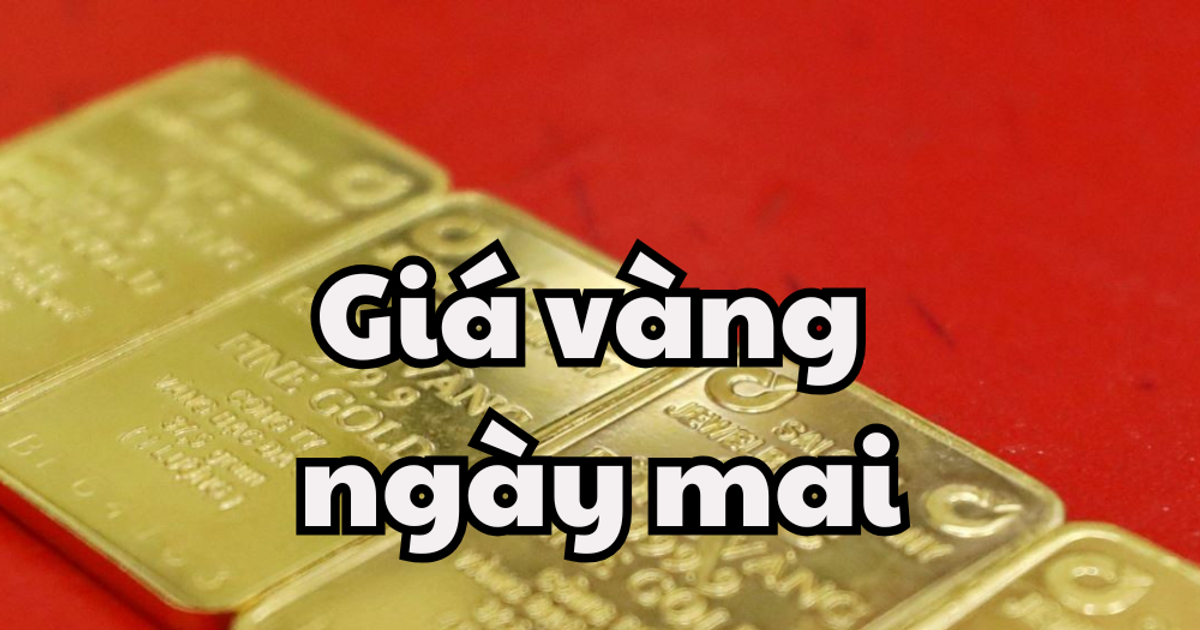

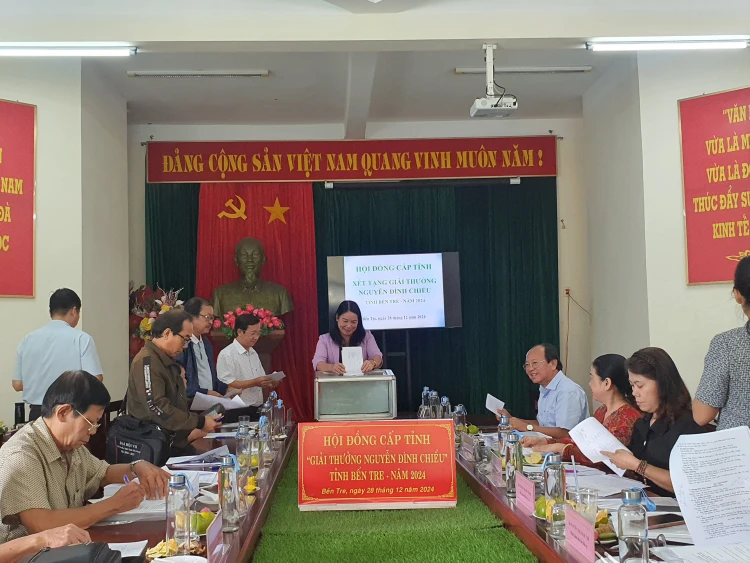




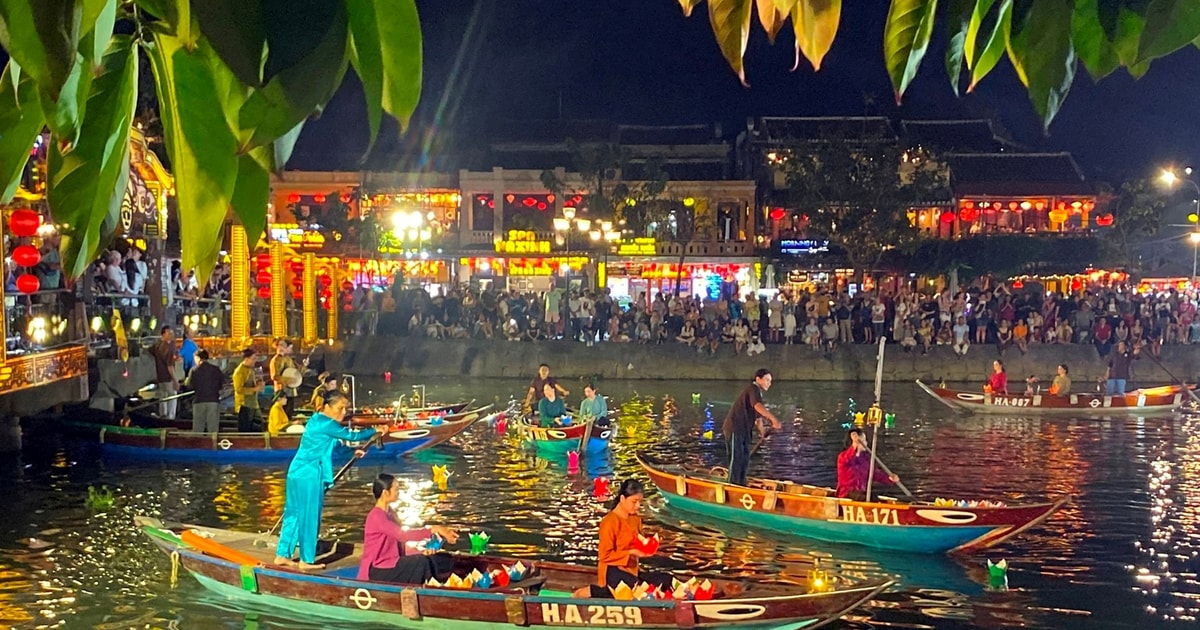




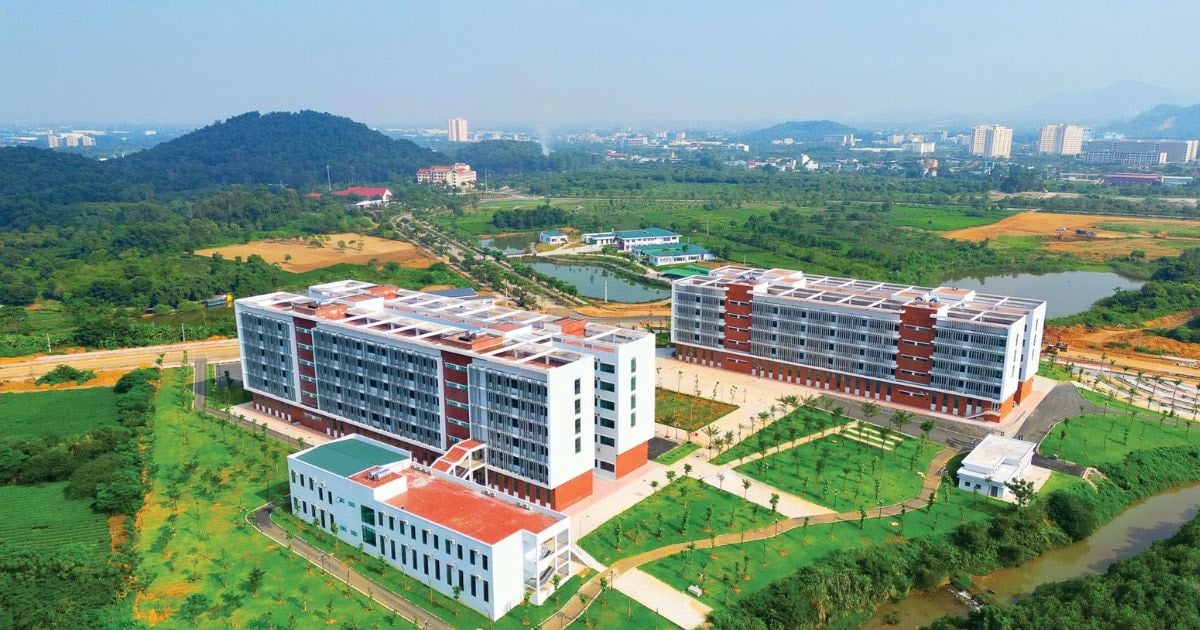

![[Photo] Summary of parade practice in preparation for the April 30th celebration](https://vstatic.vietnam.vn/vietnam/resource/IMAGE/2025/4/11/78cfee0f2cc045b387ff1a4362b5950f)















































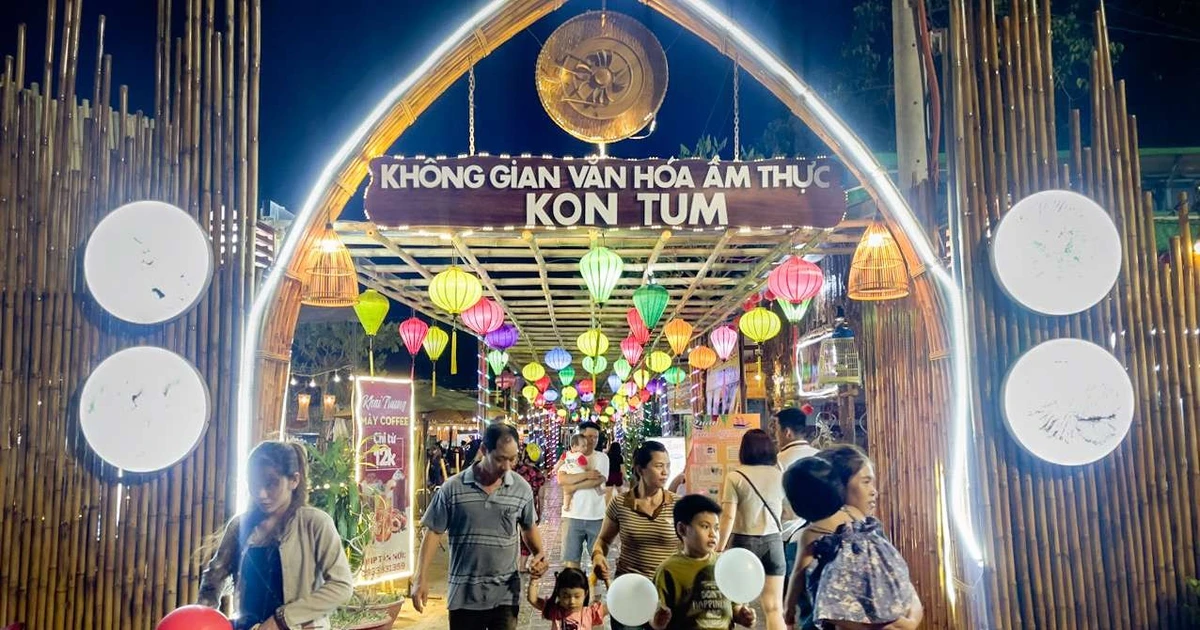

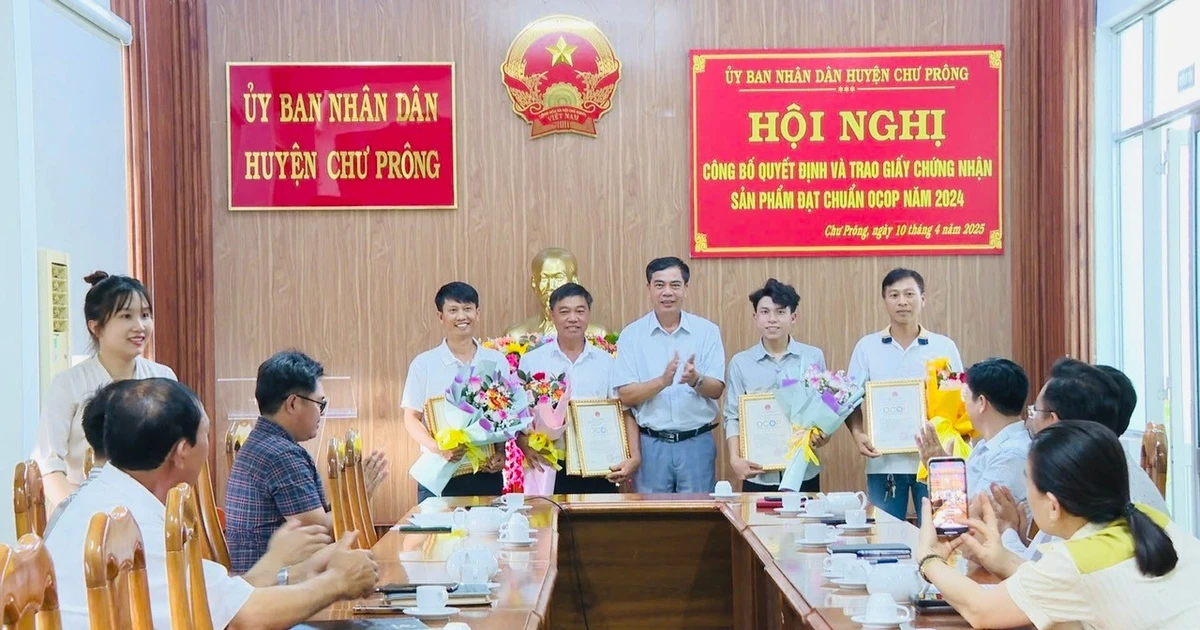












Comment (0)